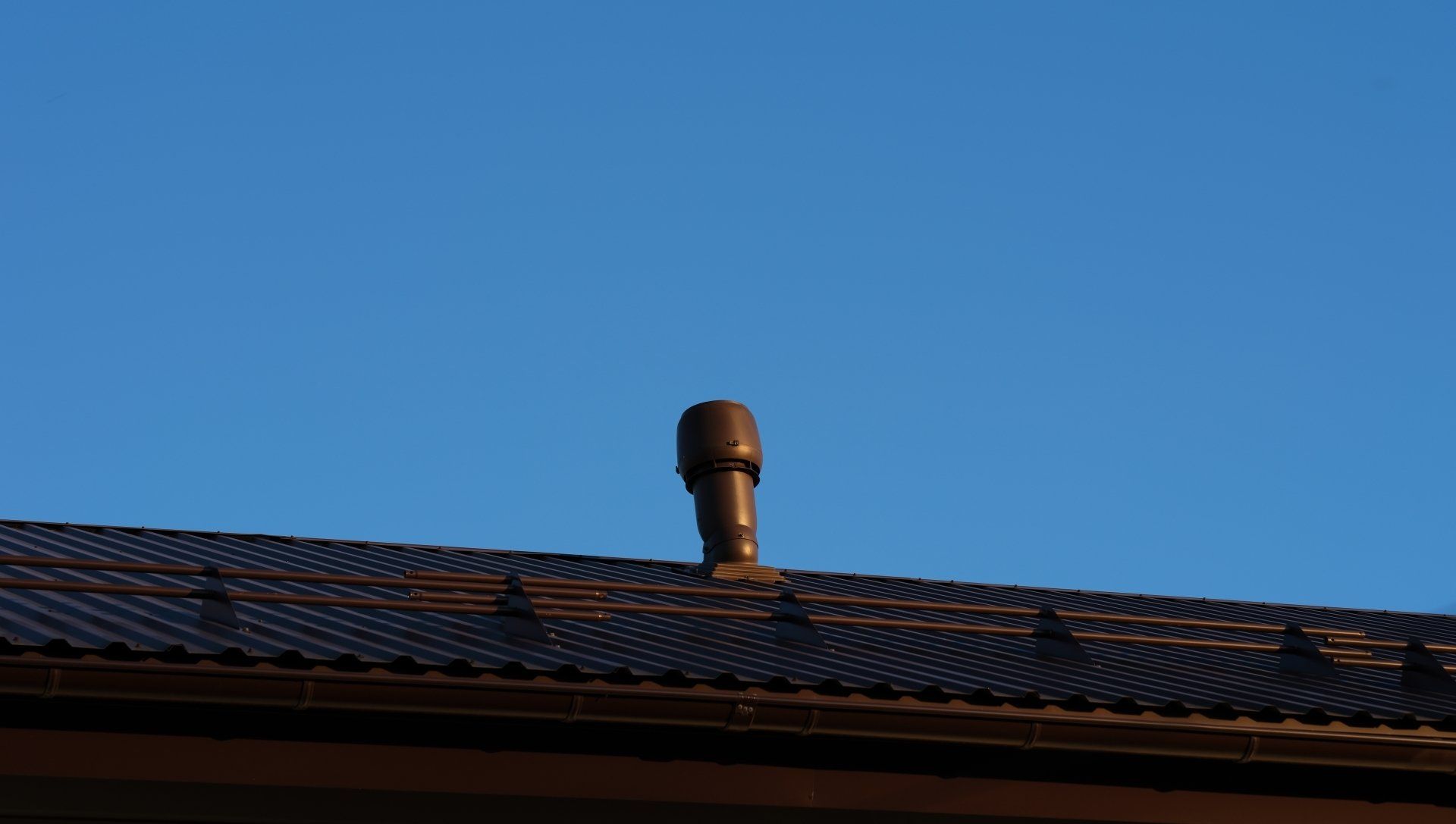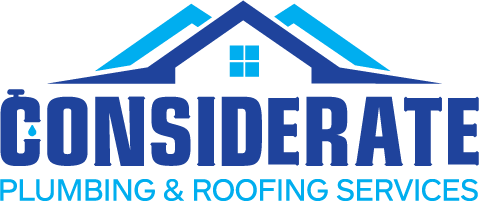How Plumbing Vents Work!
Have you ever wondered what the pipes are coming from your roof?

Most plumbing vents pass through the ceiling/roof space of a house and into the atmosphere. Believe it or not, vent pops are tied to your plumbing or sewer systems down below the rooflines.
The vent allows the gases and odours pass through the roof and out of the system. The vent pipe also causes the atmospheric pressure and your piping system remain at the same levels, preventing you P-traps from drying out.
With the atmospheric pressure remaining the same, the water seal in the P-trap pipes should remain, notwithstanding other interference such as debris. With the water seal in place, sewer gas and drain smells remain inside you're drains and toilets, preventing smells from venturing inside your house.
If you’re having problems with a server smell on your house, it may be because your plumbing vent is either clogged up or in some cases not even installed.
It’s important to understand the plumbing vent is tied to your sewer system and it is a critical element to keeping the atmospheric pressures the same and preventing unwanted smells and odours from entering your house.
The vent is tied to the drain, for instance, a lavatory drain goes where the arm turns down and the vet goes vertical. This helps ensure that your drain flows properly and the vent assists with the equal atmospheric pressure, keeping the P-trap seal in place and preventing smells from back filling into your home.
The plumbing system is designed that way specifically, so it functions the way it does. So, remember, if you identify some foreign smell throughout your house, you may want to check out your vent system or call Considerate Plumbing and Roofing.
You might also like
Contact Us
✔️ The form was sent successfully.
Please try again later.




